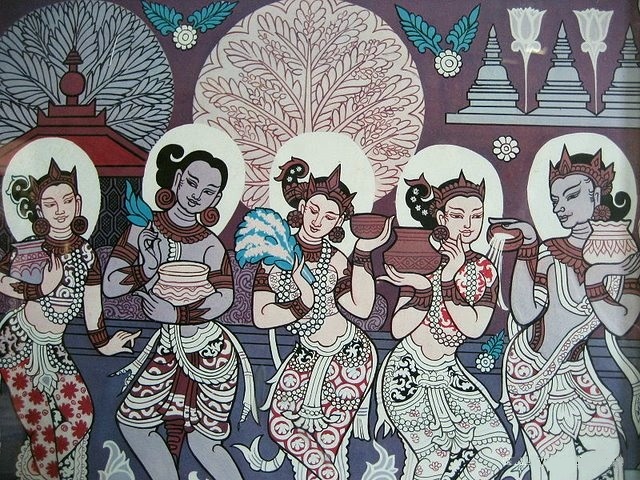Have you ever wondered why Thingyan, also known as Burmese New Year or Water Festival, starts on April 13 every year? A recent article by Myanmar News Market explains that the date has to do with the discrepancy between the lunar and solar qualities of the traditional Burmese calendar.
In the Burmese calendar, which was adapted from an old version of the Hindu calendar, months are calculated based on the movements of the moon, while years are calculated based on the position of the earth relative to the sun.
As such, 11 of Myanmar’s annual festivals are on full-moon days; each marks the beginning of a new lunar month. However, the 12th festival – Thingyan – must be unattached from the lunar calendar so that it can mark the beginning of the next solar (sidereal) year. For the last several years, Thingyan has been stuck to the date April 13 on the Gregorian calendar – the sidereal calendar that is used internationally.
But if the months are based on the moon and the years are based on the position of the earth relative to the sun, wouldn’t 12 lunar months add up to less than a full sidereal year?
Of course, they do. All of Myanmar’s 12 months add up to 354 days, while a full Burmese year has 365 days. That’s why Thingyan is always on a different day of the Burmese month of Tagu, and it’s also why Myanmar has a 13th month – a second month of Waso – every three years, preventing Thingyan from drifting into other lunar months.
This is definitely not a full explanation of how the Burmese calendar works – there are also days added to months at irregular intervals to make up for the discrepancies. But it is a reminder that even though we follow a lunar calendar for our months, we still use the international calendar to mark our New Year.




